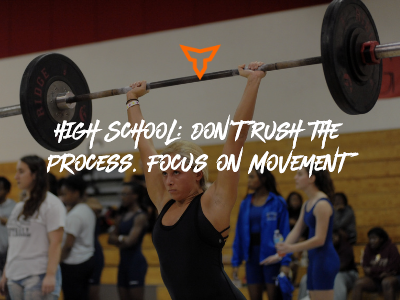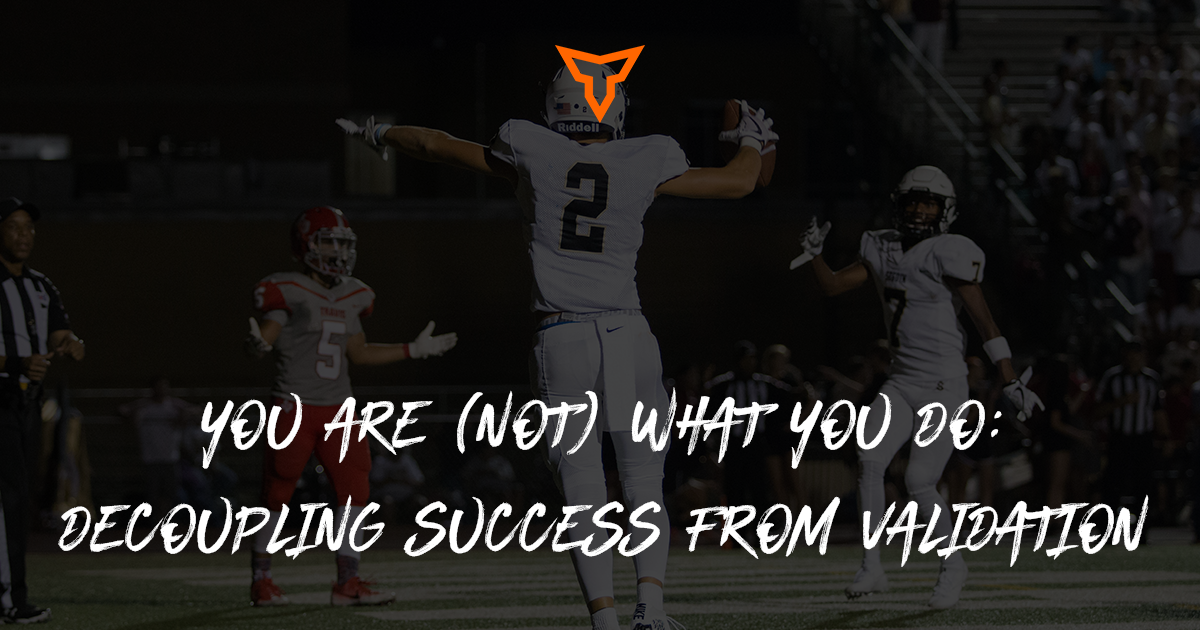The name “coach” carries a lot of weight. I believe that particularly in the high school arena we as coaches have a large role. In my 6 years of coaching at the high school level, I have learned that mentoring student athletes and being a role model is more important than being just a coach. Kevin Vanderbush shared a great quote during the NHSSCA national conference that is posted on my wall in my office.
“Put in front of me those I can mentor, counsel & advise; and give me the words to say to make a difference.”
I have been blessed to be a part of the Asheville Christian Academy family as a teacher and coach for the past 6 years. In my experience as a high school strength coach, I have found out that our relationships with athletes carry more weight (pun intended) than the training we implement. Most of us will see our athletes during the school year more than any teacher or faculty member. This is an opportunity for us as coaches to dive deeper with those athletes to mentor, counsel and advise them through their high school career.
Using technology and social media has allowed me to learn more about who my athlete is and find common areas of interest that can help to spark the relationship. TeamBuildr has been a big help in this factor to gain information about the athlete while they are outside of school. Using this information allows us to modify their training program based on the information that they provide me in their daily survey. Social media has allowed me as a coach to pour into athletes lives. You must be careful with the use of social media when mentoring student athletes, but I have found that through our Instagram page we easily send information to our athletes regarding nutrition, training articles, etc. This information does not have to revolve around training because athletes today spend more time on social media than ever before and it’s a great way to send a quick bit of information to them.
Learn more about how TeamBuildr propels teams forward, both on and off the field.
Read the case studies.
Another aspect of high school strength and conditioning that is imperative is being able to coach every aspect of the athlete. I have been reading through 3D Coach by Jeff Duke; the book focuses on three aspects of coaching: the physical, the mental, and the spiritual. As strength coaches, we are very well versed in training the body and the physical side of our athlete. The physical side of our coaching is our “bread and butter.” We can program training for our athletes and implement various set and rep schemes for any situation. Coaching the mental side of our athletes is the aspect that deals with leadership training and sport psychology. This is such a vital arena in which we can gain ground in building our relationships with students. Many of our athletes come into our sessions with “stuff” from their day. I have learned that coaching them through channeling their “stuff” can be beneficial for their performance. Being able to redirect that energy into performance is a life skill that will carry on well beyond the field or court. Critical thinking, problem-solving, and prioritizing are all aspects of the mental side of coaching that we as strength coaches can help our athletes succeed beyond the weight room.
I am thankful each day walking into our school that the opportunity to impact young people in many ways lies ahead. As coaches, we have the opportunity to impact many lives. We spend more time with our athletes sometimes than most teachers do and during the season we see our athletes more than their families do. Dr. Billy Graham said it best in his quote:
“A coach will impact more young people in a year than the average person does in a lifetime.”
Being a high school strength & conditioning coach is a great profession. The ability to come alongside student-athletes and guide them along life’s path and give them tools and skills to help shape them into fine young adults is a fulfilling job. I am thankful for the opportunity to help build and educate these athletes and look forward to building upon this great experience as a high school strength coach.
Subscribe to our blog
Subscribe to receive the latest blog posts to your inbox every week.
Related posts

Training the High School Level: Don’t Rush the Process and Focus on Movement

You Are (Not) What You Do: Decoupling Success from Validation

